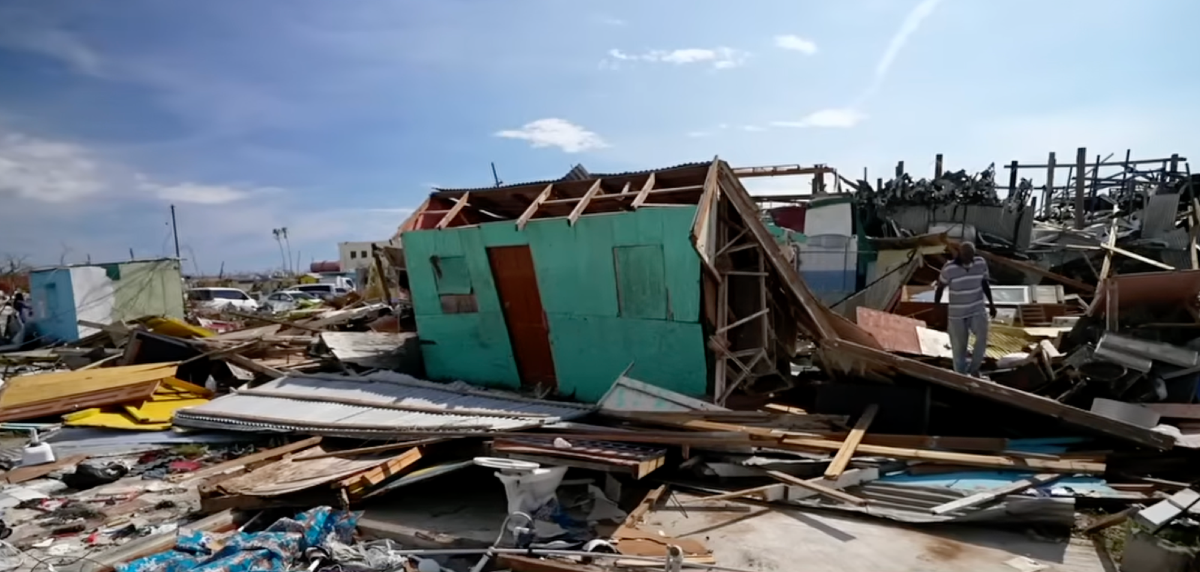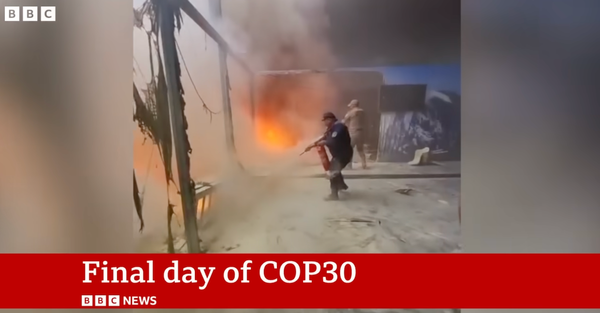The Long Tail of Hurricane Death Will Be Even Longer in Jamaica
A growing body of research has demonstrated that hits from tropical cyclones leave more than just damaged rooftops in their wake, in fact raising mortality rates through a likely wide variety of mechanisms for years.

This post is free, so please share widely, and please consider subscribing to support my independent writing and reporting.
A few days after Hurricane Melissa screamed ashore with 185-mph winds in Jamaica, it might feel like American media, at least, has already moved on. On Sunday morning, you need to scroll past dozens of stories ("The Mystery Lady in the Governor’s Palace? Maybe a Ghost, He Says") on the New York Times homepage to find a mention; it is absent entirely from the Washington Post's and the Wall Street Journal's.
Meanwhile, authorities in the Caribbean are still counting the dead — at least 28 in Jamaica, and 30 in Haiti, with more likely. But while the acute phase of the hurricane is still ongoing, the media attention will really ignore what happens afterward: in recent years, a growing body of research has demonstrated that hits from tropical cyclones leave more than just damaged rooftops in their wake, in fact raising mortality rates through a likely wide variety of mechanisms for years. And much of that research has taken place in countries that have significant structural and other advantages over the poorer parts of the Caribbean.
One study published in Nature in 2024 found that places in the US struck by hurricanes between 1930 and 2015 had significantly higher mortality than "control" places that were not — to a remarkable extent. In fact, hurricanes could be considered responsible for more dead Americans in that study period (as many as 5.2 million) than motor vehicle crashes, infectious diseases, or wars. Check those dates again.
Most of those deaths, obviously, do not occur in the immediate surroundings of the storm. Though some storms do kill hundreds or even thousands of people in the wind and water they bring, most of it happens later, and the exact mechanisms are only just starting to become clear. The authors of that Nature study suggested five underlying drivers:
- Economic disruption to households, affecting future healthcare and other outcomes
- Changes to social networks, such as some people moving out of the disaster zone and leaving elderly relatives without as much support
- Adjustments to governmental policy, at the local or higher level, where fiscal resources are redirected to address the acute hurricane strike which could reduce future spending on healthcare infrastructure
- Altered physical environments that could have long-term health impacts, such as chemical releases during the storm that linger in food or water resources
- Physical and mental stress from the disaster that can negatively impact health outcomes down the road
And all that excess death occurred in the richest country in the history of the world. At latest count, Jamaica sits at 117 on the UN's Human Development Index (the US is 17; Haiti is 166 out of 193); its GDP more or less matches that of Syria, Benin, or Botswana. According to the World Bank, Jamaica's poverty rates have fluctuated wildly over time, reflecting "the country’s vulnerability to economic shocks." Like, say, one of the strongest storms to ever strike land making a direct hit.
How many of those five possible mechanisms seems like it would be dramatically worse in a country like Jamaica? There are already reports of badly damaged hospitals, coastal oil facilities inundated, crops decimated and trees stripped of leaves, and more. Another study, published in Science Advances in August, found that cardiovascular disease-related hospitalizations spike dramatically in the two to six months following a tropical cyclone strike, in particular in people with "higher levels of socioeconomic deprivation." That study was conducted in six countries, all substantially richer than Jamaica.
The government there has, in fact, set up a "multilayered financial fortress" to respond to inevitable (and worsening, as I wrote about for MSNBC a few days ago, along with the gross climate injustice involved) disasters, but early estimates of damages reach up to $8 billion or beyond — an overwhelming amount equivalent to more than a third of its GDP.
Wherever the death toll lands in the coming days, it will be wrong. A study following Hurricane Maria's direct hit on Puerto Rico in 2017 found that actual number of excess deaths in just the first few months following the storm was 70 times as much as the original official toll of 64 — still much more than officials' revision to 2,975 deaths later on. Migration following the storm was "substantial," which again might contribute to excess mortality for years down the line.
Disasters of many kinds clearly have both an acute and a chronic phase. The media may be moving on before the former is even over; the latter will be less photogenic, but probably far worse.




